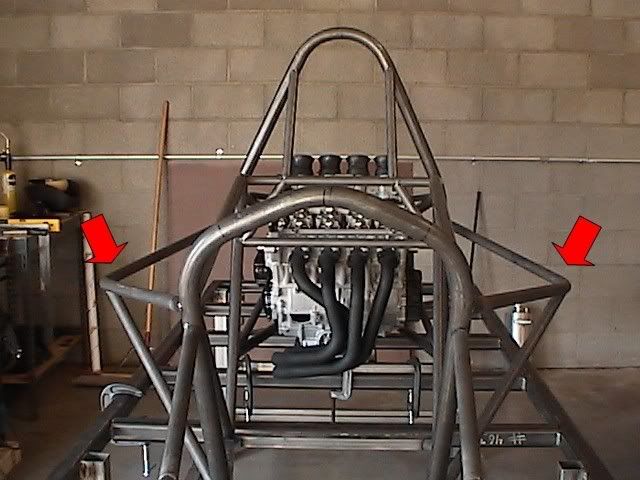What is the general consensus on the side impact proctection? Kevlar in the body or alluminium panels? I'm guessing the Kevlar route is the lightest and easiest. Forming ally panels around a zetec frame looks tricky. What do the Stohr and Phoenix use?
Thanks





 Reply With Quote
Reply With Quote







